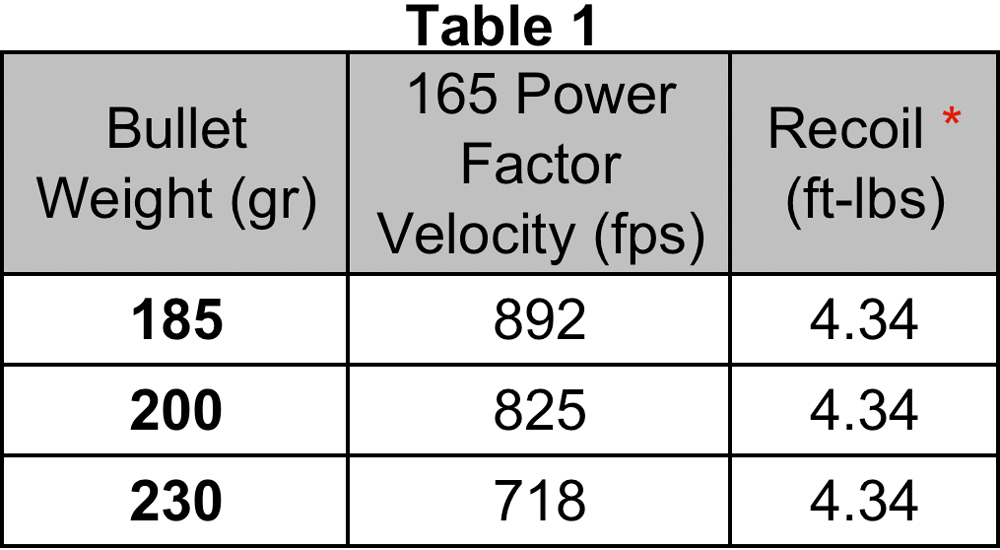
In addition, although most case law can be used only as a criminal defense, many state statutes allow defendants to avoid civil liability as well. For instance, passage of recent statutes has been widely discussed in the media, possibly making more people aware that they need not retreat from a violent confrontation. It is possible, however, that stand-your-ground statutes have different effects on public behavior than case law, in which case the focus on statutes might be justified. Because almost all research we have reviewed considers only state statutes, not case law, existing studies may inadvertently include states with practically similar stand-your-ground policies in both their treated groups (states with the statute) and their comparison groups (states with stand-your-ground through case law), potentially reducing the magnitude of the estimated effects of these laws. Indeed, Giffords Law Center to Prevent Gun Violence, an advocacy organization with a mission to reduce gun violence, reports that eight states without stand-your-ground statutes currently nevertheless have case law that effectively establishes a stand-your-ground policy this includes, for example, California, which is often viewed as a state with among the most-restrictive laws (Giffords Law Center to Prevent Gun Violence, undated-f).

Most states with stand-your-ground laws have implemented these statutes in the past 25 years, although many of these states already had something like stand-your-ground laws in place through case law. Furthermore, the greater likelihood of facing a citizen willing to use a firearm defensively under these policies could induce criminals to carry firearms more often and thus increase the share of violent or property crimes involving firearms. In that case, crime rates could remain stable while the composition of crime types (e.g., robbery versus larceny) shifts.Īlternatively, by lowering the legal risks of using deadly force, these laws could encourage the escalation of aggressive encounters, resulting in an overall increase in firearm homicides or injuries. This mechanism could serve to lower crime rates or could induce criminals to shift to other types of crime in which they are less likely to encounter armed resistance. The laws, in turn, increase the expected costs of violent criminal behavior because victims are more likely to respond using deadly force. Specifically, stand-your-ground laws reduce the expected legal costs of defensive gun use by reducing the probability of incurring criminal or civil liability for inflicting fatal or nonfatal injury.

By reducing the threshold for the justified use of lethal force for self-protection, stand-your-ground laws should increase defensive gun use and, if a deterrent effect exists, may reduce rates of crime and violence.


 0 kommentar(er)
0 kommentar(er)
